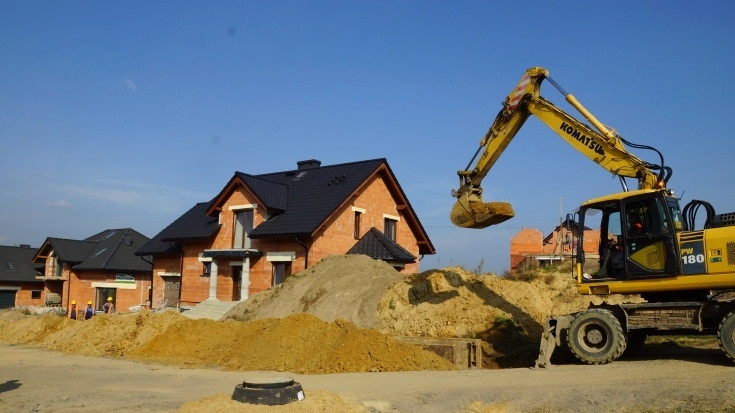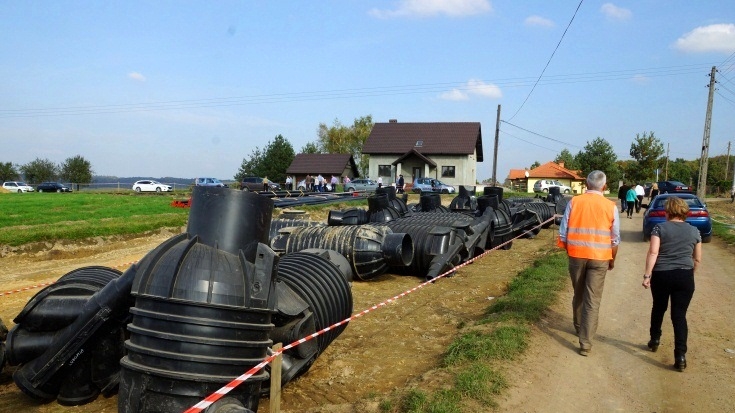Nieboczowy is an interesting case for resettlement; it is prosperous, mostly made up of retirees, farmers and miners, and it has a strong sense of communal identity. In its heyday, it boasted six local shops and a vibrant community life of sports, lectures and theater shows. “At first, people were used to being flooded, even after ’97, they were against moving out, but you’ve got to be persistent, and the important thing is that people wanted to go together in a mass resettlement, and we had to listen to what they wanted,” says Czeslaw Burek, the mayor of gmina Lubomia, who is credited with working hard to change minds in the village.
The key, officials say, was communications, information, and more communications and information. The government opened a hotline to answer residents’ questions, staffed an office two days a week in Nieboczowy, put ads for meetings in local newspapers, put fliers up in town and in parish offices, and held weekly community meetings and consultations. Augustyn Bombala, who runs the project, says, “If I were to do it again, one key thing to remember is respect for the people, to understand people’s feelings, expectations and wants, and to understand their motivation.”
The new Nieboczowy, for now simply called “new Nieboczowy,” is nine kilometers away from the old village. Workers have almost finished putting in water and sewage; electricity is halfway done. About 200 of Nieboczowy’s 700 residents are coming here; the rest couldn’t handle the uncertainty over negotiations and moved away; they sold their property to the government at replacement value—the cost of new house in another place. People in Nieboczowy could get a replacement house of equal value plus a plot in the new village, or they could get money or a combination of money and land.
“People Are Enthusiastic”
“People are enthusiastic about the new houses,” says Krzysztof Szcztok, a Nieboczowy resident. “People are looking to the future, they will be sad when they leave but they will take some part of the old village with them in their hearts.” And the old village will go not just in their hearts. While the church, St Joseph the Laborer, will be demolished, all the altar pieces, pictures, baptismal font and even the plaques in the pews, with family names on them, will move. The new village will have bike lanes, parks, a town center and a community center. It will have 19 apartments for the elderly and vulnerable.




